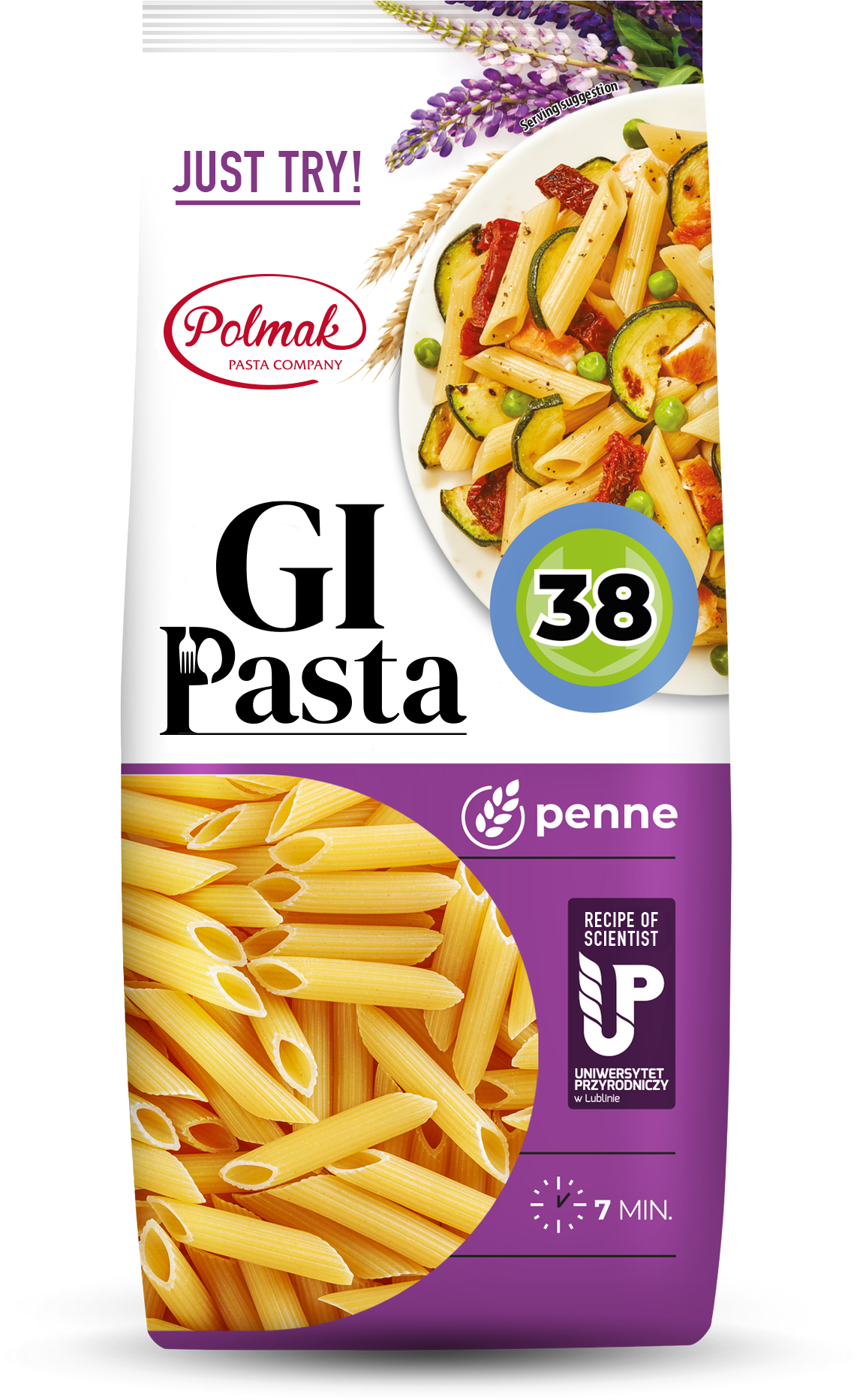I’ll start with what insulin resistance is, so it’s a condition in which the body’s tissues become less sensitive to the action of insulin, despite the normal or elevated levels of this hormone in the blood. Symptoms of insulin resistance can include increased sleepiness after meals, headaches, irritability, constant fatigue, hunger attacks, and an increased craving for sweets. It’s a condition that can lead to the development of type 2 diabetes if it’s not diagnosed and the patient doesn’t change their lifestyle.
Therefore, prevention is better than cure.
Prevention is not as difficult as it might seem. It consists in avoiding highly processed foods, products based on white flour and dishes with a high content of simple sugars in the composition. These assumptions are fulfilled by a diet with a low glycemic index.
What should a balanced meal look like in a low GI diet?
The largest part of the plate should be vegetables, combined with good quality vegetable fats such as olives, nuts or avocados. Protein-rich products such as meat, fish or veg substitutes should be the same part of the plate as complex carbohydrates such as porridge, wholegrain bread or pasta.
I would like to debunk the myth that pasta is not suitable for people with disorders of glucose-insulin economy. Pasta is a source of carbohydrates, which are necessary for the proper functioning of the body. However, it is important to choose the type of pasta. Whole-grain pasta is made from flour from whole grains, which makes it richer in dietary fiber, which slows down the release of sugar into the blood. Therefore, it is a much better choice than traditional, white pasta and you can use it in your diet without worry. However, not everyone is satisfied with the characteristic taste of whole-grain pasta, mainly due to its bitter taste.
To restore the joy of the meal to people struggling with insulin resistance, Low Glycemic Index pasta was created. It is an innovative product that tastes and looks like traditional white pasta, and at the same time has a GI level of 38 – less than whole grain pasta. Thanks to it, you do not have to give up your favorite dishes while adhering to the principles of a diet with a low glycemic index.
Why is this so important?
Studies confirm that a low glycemic index diet can help with weight loss. Low glycemic index products prolong the feeling of fullness, which affects the reduction in the number of calories consumed throughout the day. By choosing a low glycemic index carbohydrate, we avoid a sudden increase in blood glucose levels, which can lead to decreased appetite and accelerated weight loss.
It is worth mentioning that the cooking time indicated on the package i.e. 7 minutes will cause the pasta to be soft, and its glycemic index will be 38. By cooking the pasta less you will get pasta cooked al dente with an even lower glycemic index.









